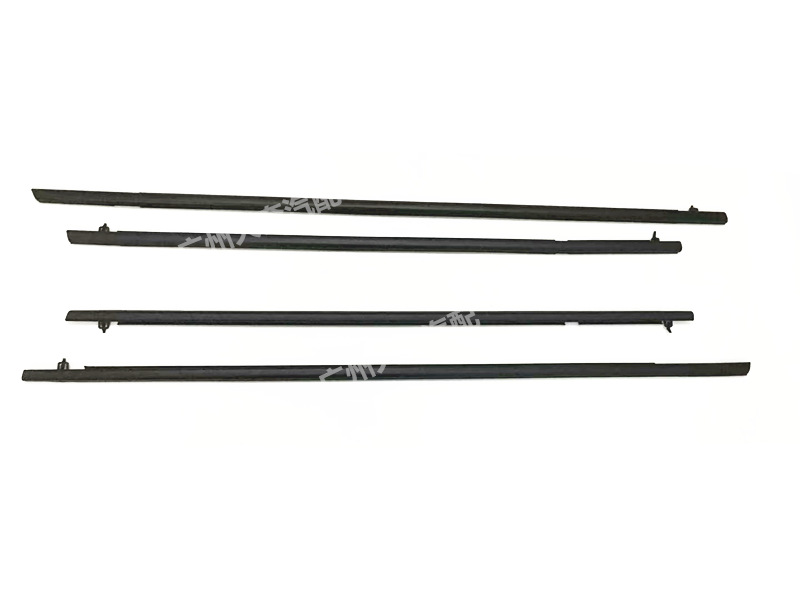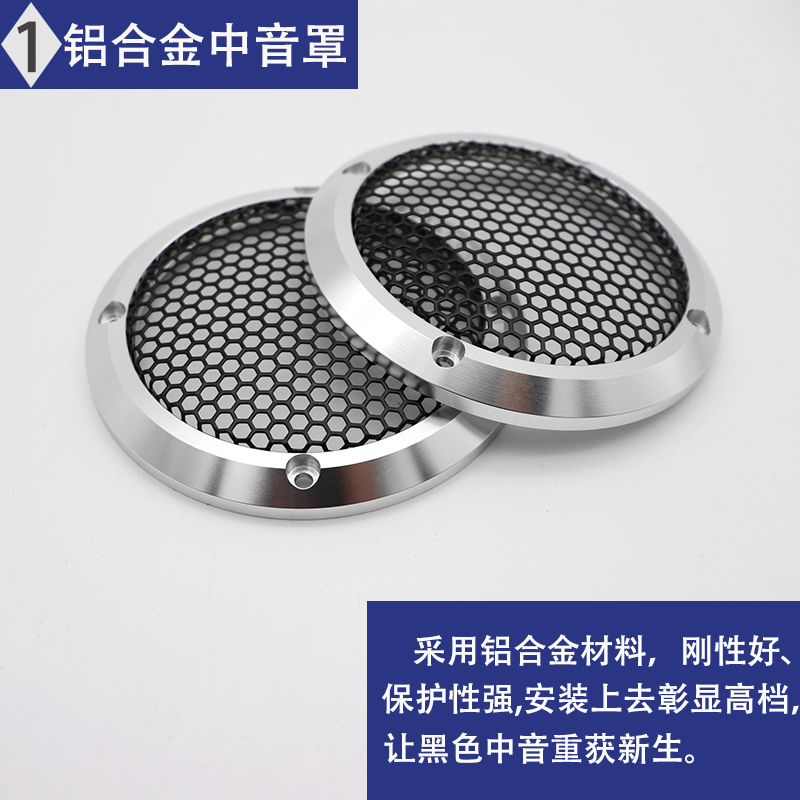
地址:联系地址联系地址联系地址
电话:020-123456789
传真:020-123456789
邮箱:admin@aa.com
While humans need the right tools for the right job, some robots simply need the right outfit to roll, carry, push, and even glide.
Primer, a tiny magnetic bot developed by researchers at MIT's Computer Science and Artificial Intelligence Laboratory (MIT CSAIL), can don specially-treated sheets of plastic that form purpose-built shapes when heated. Each sheet essentially changes the shape of the robot and enhances the tiny bot's capabilities. One turns the robot into a very small boat, another makes it into a sort of wheel barrel, and still another turns the bot into a glider that doesn't stay aloft very long at all.
 The robot transforms.Credit: MIT CSAIL
The robot transforms.Credit: MIT CSAILTo shed each exoskeleton, the magnetically-controlled Primer heads into a small pool of water, then rolls out to find another exoskeleton sheet and start again.
The team's findings were published on Wednesday in a paper entitled RoboticMetamorphosisby Origami Exoskeletons in the journal Science Robotics.
"If we want robots to help us do things, it’s not very efficient to have a different one for each task,” said Daniela Rus, CSAIL director and principal investigator of the project, in a release.
 This exoskeleton turns the Cube-bot into a Wheel-bot.Credit: MIT csail
This exoskeleton turns the Cube-bot into a Wheel-bot.Credit: MIT csailFor now, Primer robot is not autonomous. The researchers remotely drive it to each location, including the heading pads where the exoskeleton sheets reside. The sheets, made of laminated, pre-stretched thermo-shrinking polymer film, transform when heat is applied to them via a pair of Peltier elements. Each sheet is pre-etched for a specific purpose using a computer-aided cutting process. Researchers used the principals of origami to create the exoskeleton designs so they would fold properly during the heating process.
While Primer can move, the study proves that that specific exoskeletons add new and enhanced capabilities, including faster mobility and the ability to carry and push the objects. Mobility, for example, increases 2.3 times when Primer puts on its Walk-bot suit. It currently takes Primer about three minutes to adopt a new exoskeleton and less than a minute to shed it in water.
 The transformation process, including "molting" in water.Credit: MIT CSAIL
The transformation process, including "molting" in water.Credit: MIT CSAILHowever, Primer is not limited to a single exoskeleton at a time. Researchers demonstrate how it could take on multiple skins for specific tasks.
Researcher envision future — and maybe more autonomous — Primer robots traveling to space and conducting undersea and rescue missions with a stack of these skill-ready sheets. That means sending one robot to do multiple jobs on an as-needed basis, as opposed to sending half a dozen robots, each with a single specific capability.
Transformers, indeed.
Featured Video For You
This super strong artificial muscle may bring us closer to lifelike robots



